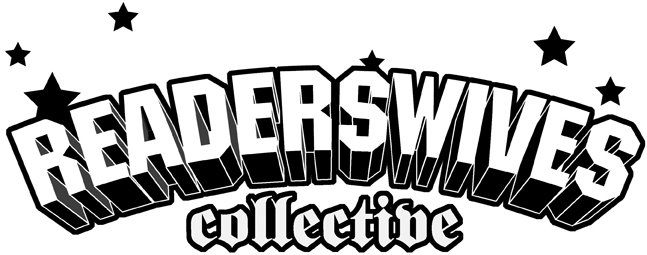The RWC crew has been a big fan of the documentary ‘Who Is Bozo Texino?’ by Bill Daniels for some time now. Just this week Revok posted a link to this website via his blog, the link documents a recent cross country trip from L.A. to New Orleans. The resulting images reminded the RWC crew how interesting the act of freighthopping actually is, and in turn we watched ‘Who Is Bozo Texino?’ again.
In the United States, freighthopping became a common means of transportation following the American Civil War as the railroads began pushing westward. This method of travelling became popular with hobos, who would travel the country going from job to job.
Today, the practice is forbidden in all states in the U.S., though it is still practiced. In recent decades, the traditional role of hobos as itinerant workers has fallen off. Most itinerant workers in modern times have automobiles and drive between jobs. Freighthopping became mainly used by the homeless population, thrill-seekers, anarchists who have adopted the practice as an expression of a revolutionary lifestyle, and people who enjoy traveling across the countryside under the open air. Contrary to popular belief, most freighthopping is not done by thrill-seekers who ride very short distances; rather, most freighthoppers tend to use freight trains as their primary means of cross-country transportation.
Many of the people hopping trains use monikers (a wonderful Irish word that means nickname) and leave ‘hobo tags’ on their travels. These drawings are usually made with oil-based markers on the sides of freight trains. The practice of ‘hobo tags’ pre-dates spraypaint train graffiti by decades.
‘Who is Bozo Texino?’ chronicles the search for the source of a ubiquitous and mythic rail graffiti-- a simple sketch of a character with an infinity-shaped hat and the scrawled moniker, "Bozo Texino"-- a drawing seen on railcars for over 80 years. Daniel's gritty black and white film uncovers a secret society and its underground universe of hobo and railworker graffiti, and includes interviews with legendary boxcar artists, Coaltrain, Herby, Colossus of Roads, and The Rambler. Shooting over a 16-year period, Daniel rode freights across the West carrying a Super-8 sound camera and a 16mm Bolex. During his quest he discovered the roots of a folkloric tradition that has gone mostly unnoticed for a century.
The film also features a few modern day trainhoppers, among them folk artist Margaret Kilgallen. In addition to her commissioned mural work, Kilgallen was also a graffiti artist under the tag names "Meta" and "Matokie Slaughter, The latter name, a homage to folk musician Matokie Slaughter, was specifically used for freight train graffiti. If you don’t know who she was (she died age 33 in 2001) go find out, she was an amazing artist.

No comments:
Post a Comment